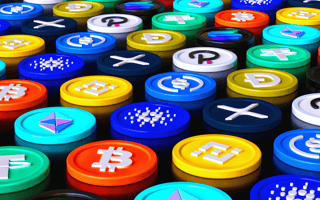Most people can name at least one cryptocurrency, and chances are good it’s either Bitcoin or Ethereum. Since the debut of Bitcoin — and the dawn of cryptocurrency — in 2008 by the mysterious and pseudonymous Satoshi Nakamoto, tens of thousands of cryptocurrencies have been released.
Estimates for the exact number of cryptocurrencies range from 17,000 to 25,000 worldwide. Some are more famous than others. Some have sprouted up only to wither and die under the heat of the rollercoaster cryptocurrency market: Total market capitalization reached its highest of $4.35 trillion in October 2025.
Top 10 Cryptocurrencies
- Bitcoin
- Ethereum
- BNB
- Tether
- XRP
- Solana
- USD Coin
- Dodgecoin
- Tron
- Cardano
Note: Ranked by market capitalization as of October 8, 2025.
What Is a Cryptocurrency?
A cryptocurrency is a digital currency — not tangible, as is a Euro note or dollar bill — secured by cryptography. Transactions of it are recorded in a digital ledger, which is a blockchain. Because it is secured by cryptography, this form of money is impossible to counterfeit.
Cryptocurrency is also decentralized, meaning it can be bought, traded and used to purchase things without the aid of a third party, say a bank. Cryptocurrency issuers say that using crypto makes buying things, and transferring money, an easy, private and relatively low-cost proposition. Cryptocurrencies and the blockchains that support them are mostly open-source and supported by nonprofit foundations and global teams of volunteer developers who work for free.
Types of Cryptocurrencies
Dive into the cryptocurrency world and you’ll see three words pop up when referring to crypto: stablecoins, altcoins and tokens.
Stablecoins are pegged to the value of a hard currency, for instance the Japanese yen, U.S. dollar or Euro. Altcoins are anything other than Bitcoin, which is the original cryptocurrency. Tokens are synonymous with cryptocurrency and are used to describe any coin other than Bitcoin and Ethereum.
This can be confusing because some blockchains, for instance Ethereum, issue coins that are both stable (pegged to a hard currency) and tokens (not stable).
List of Cryptocurrencies
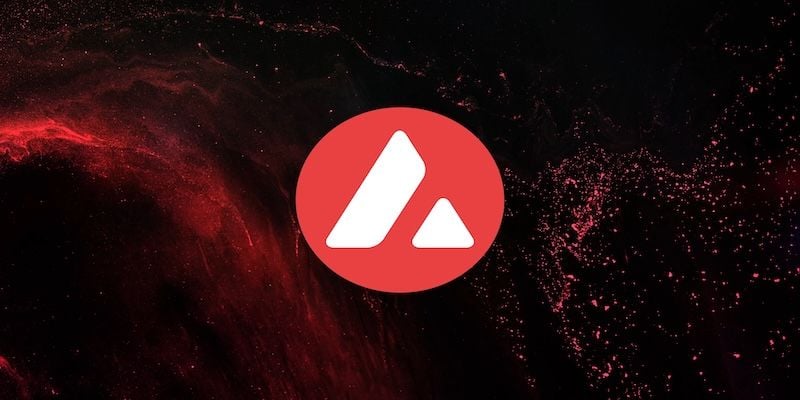
Avalanche
Avalanche (AVAX), a token on the Avalanche blockchain, was first released in 2020. It is traded on 25 exchanges. Interested parties can earn AVAX via participating in decentralized finance (DeFi) projects, including AAVE, which lets users earn interest and borrow assets; Benqi, an algorithmic liquidity market protocol; Curve, a stablecoin liquidity pool; and Sushi, a DeFi innovating platform, according to the Avalanche website.
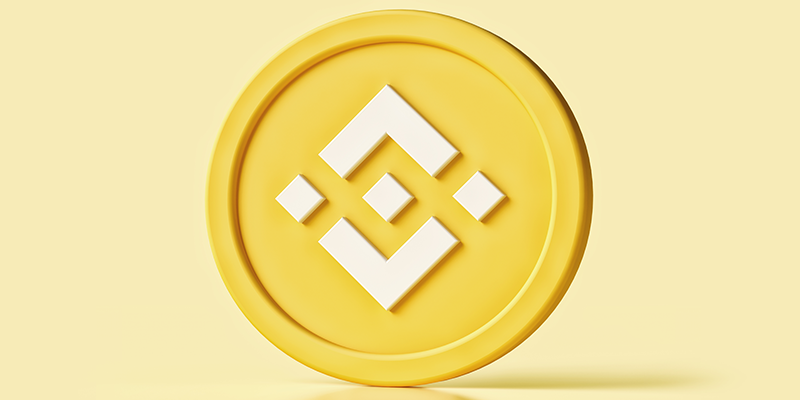
Binance
Binance (BNB) powers the BNB chain ecosystem, and is the native coin of the BNB Beacon and BNB Smart chains, according to the Binance website. BNB can be used to pay for trading fees on BNB’s decentralized exchange, pay transaction fees on the Smart and Beacon chains, and pay for purchase online and in stores using a Binance Card or Binance Pay, a contactless payment technology. Holders of BNB can also book travel arrangements on Travala.com, according to the website, and donate to Binance Charity.
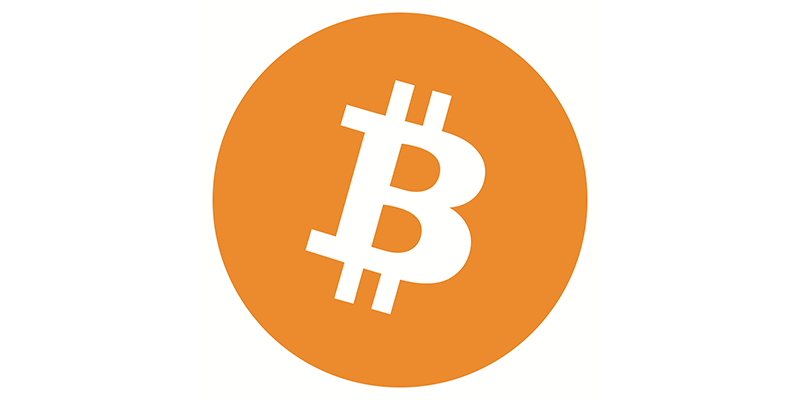
Bitcoin
Bitcoin (BTC) was created in 2008 and launched in 2009 by Satoshi Nakamoto, a pseudonym for a single or a group of programmers who pioneered blockchain, the technology on which Bitcoin and all cryptocurrency is built. Bitcoin is widely acknowledged as the original “decentralized digital currency,” meaning it can be traded peer to peer, without a middleman-type entity such as a bank. Bitcoin is open source; its website urges participation via mining, improving the software and donating to the BitGive Foundation.
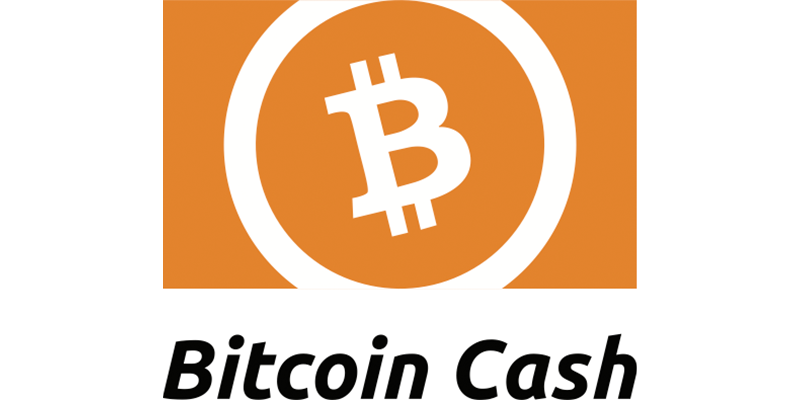
Bitcoin Cash
Bitcoin Cash (BCH), a Bitcoin spinoff, launched in 2017. Its trading pairs are the U.S. dollar, the Euro, the Japanese yen and the Chinese yuan. Bitcoin Cash’s website touts it as “the best money in the world” because it’s quick and easy to use, reliable, has low fees, is secure and is built on a stable system.

Cardano
Cardano (ADA) is the blockchain; its token is named after mathematician Ada Lovelace. Cardano, which is open source, was launched in 2015 by Charles Hoskinson, a co-founder of Ethereum. Its foundation is Ouroboros, which the website describes as “the first provably secure proof-of-stake protocol” (versus proof-of-work protocol) and the first blockchain protocol built based on peer-reviewed research.
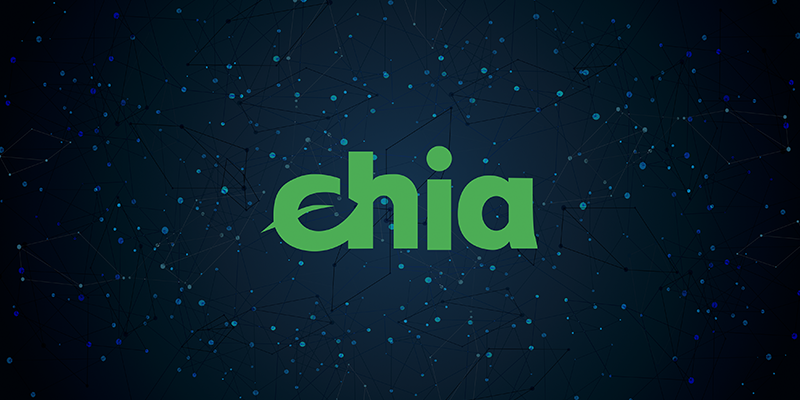
Chia
Chia (XCH), based on the Chia blockchain, says it is a greener cryptocurrency that requires only a fraction of the computing power for mining required by other cryptocurrencies. Its founders, who detail Chia in a “green paper,” say their approach supports the climate goals in the Paris Agreement. Chia’s Proofs of Space and Time validating tool, opposed to Proof of Work or Proof of Stake, means that Chia uses 0.16 percent of the annual energy consumption of other cryptocurrencies. It is also part of the Circular Drive Initiative, which aims to reduce e-waste.
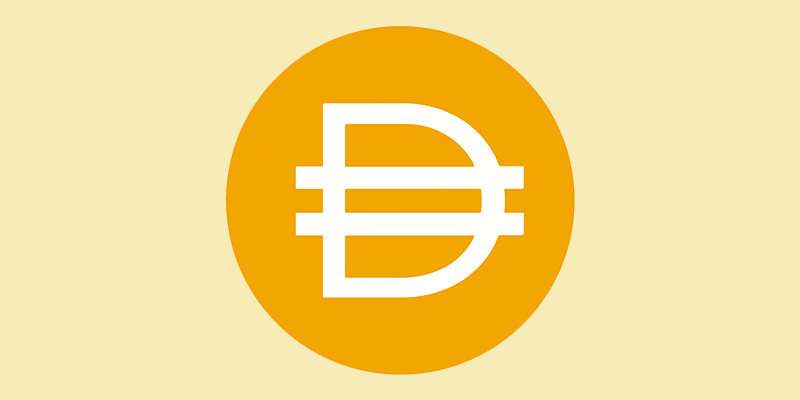
Dai
Dai (DAI), a stablecoin pegged to the U.S. dollar, is supported by the MakerDao protocol, an open-source project on the Ethereum blockchain, according to the white paper on MakerDao’s website. It was released in 2017 as a single-collateral currency that only accepted Ethereum as collateral; today, it is a multi-collateral system. Its sibling is Maker (MKR), a utility token used to pay fees racked up generating Dai, according to a Medium.com explanation.
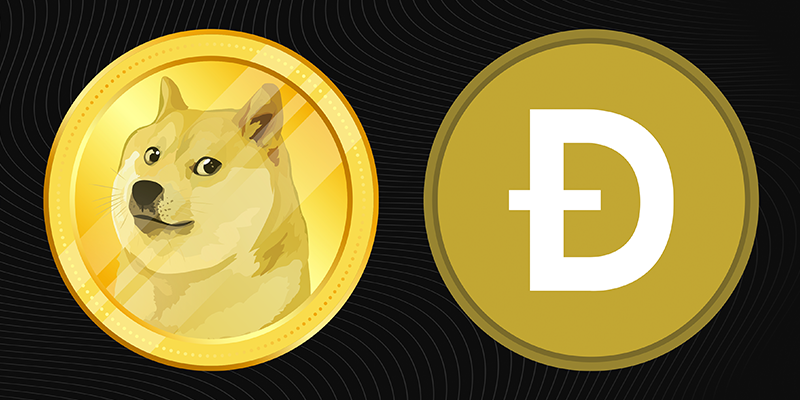
Dogecoin
Dogecoin (DOGE) was inspired by the Japanese breed Shiba Inu, which is the coin’s mascot. Dogecoin was launched in 2013 and is considered the first meme crypto; its website touts the coin as “fun and friendly” with opportunities to engage with other users via Reddit and Discord. Users can buy Dogecoin, trade for it, or get tipped in Dogecoin by participating in the Dogecoin community, the website says. DogecoinFah enables users to join the Folding@Home initiative, which helps scientists find cures for Alzheimer’s, Covid and many cancers.
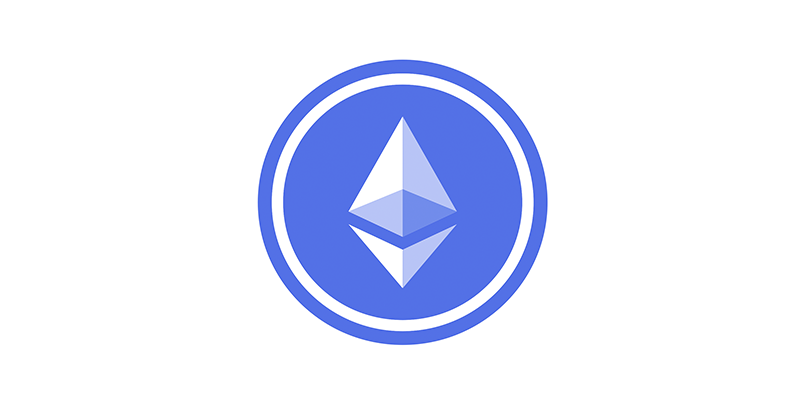
Ethereum
Ethereum is the blockchain; Ether (ETH) is the altcoin, even though the currency is sometimes referred to as Ethereum. It was created in 2013 and is the second-biggest cryptocurrency, measured by market capitalization, after Bitcoin. Like fractional stocks, Ether is available in tiny shares of one coin, according to the website. The tutorial on Ether says it is the primary form of collateral in decentralized-finance lending markets, as well as payment in NFT marketplaces.
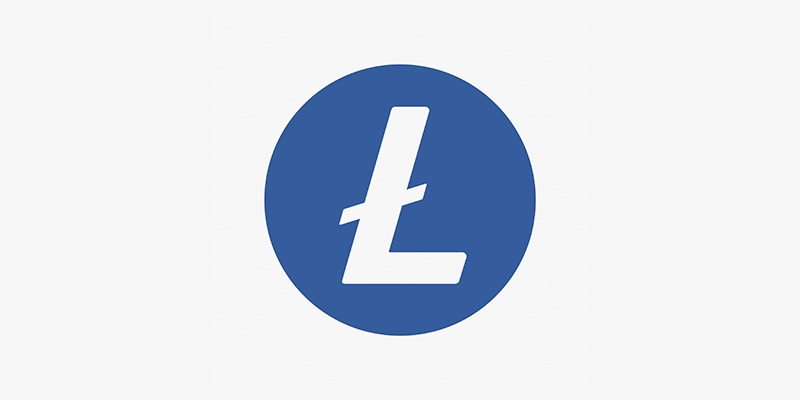
Litecoin
Litecoin (LTC) is a product of the Litecoin blockchain, and was created in 2011 by former Google engineer Charles Lee. The open-source, peer-to-peer currency is suitable for “instant, near-zero cost payments to anyone in the world,” according to the Litecoin website. It boasts faster confirmation times for transactions, as well as a wallet secured by encryption. The Litecoin website says that its blockchain can handle more volume than Bitcoin. Litecoin miners receive rewards — 12.5 new coins for every block, the website says.

Polkadot
Polkadot (DOT) is an open-source project supported by the Web3 Foundation. In June of 2022, it unveiled the beta version of a dashboard that simplifies staking (holding and earning interest on) of DOT. It was founded by Gavin Wood, an Ethereum co-founder, in 2020 as a way to “maybe create the next version of Ethereum,” Wood said in a 2021 Protocol interview.
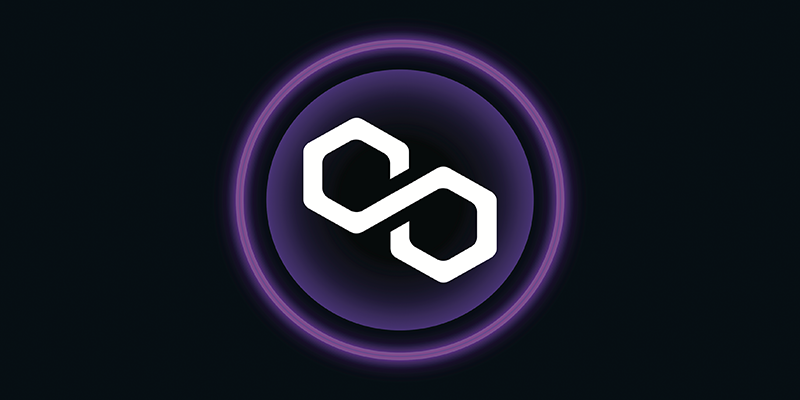
Polygon
Polygon (MATIC) has a maximum supply of 10 billion tokens; 3.8 percent were released at its first private sale in 2017, according to an article on tech-knowledge compendium Golden. Polygon the blockchain, also known as the Matic Network, was launched in 2017 and is an open-source project.
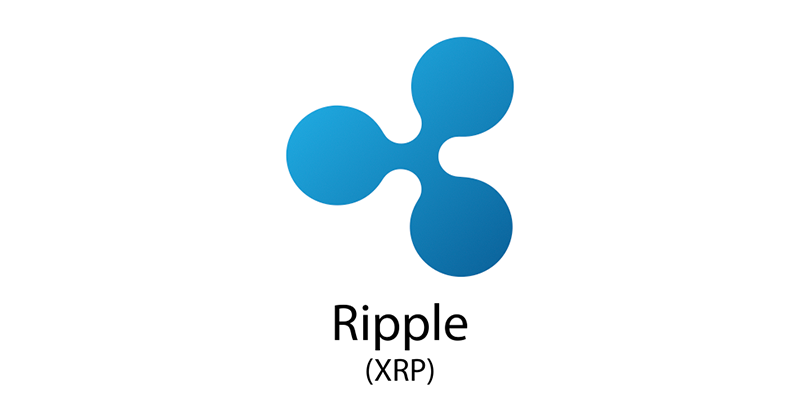
Ripple
Ripple (XRP) runs on the XRP Ledger blockchain, a decentralized, open-source project. Ripple’s website touts the currency as a tool for faster, cheaper cross-border transactions; a “more accessible” alternative to traditional banking and a means to move currencies around the world. It claims transaction costs of a tiny fraction of a cent, as well as a transaction speed of three to five seconds.

Stellar
Stellar’s Lumen (LXM) and Ethereum have led the market for smart contracts (terms are embedded in code running on a blockchain, and the contracts are executed when their terms are met) and decentralized finance, according to a Bitcoinist blog post. Stellar also has a stablecoin, Stellar USDC, pegged to the U.S. dollar.
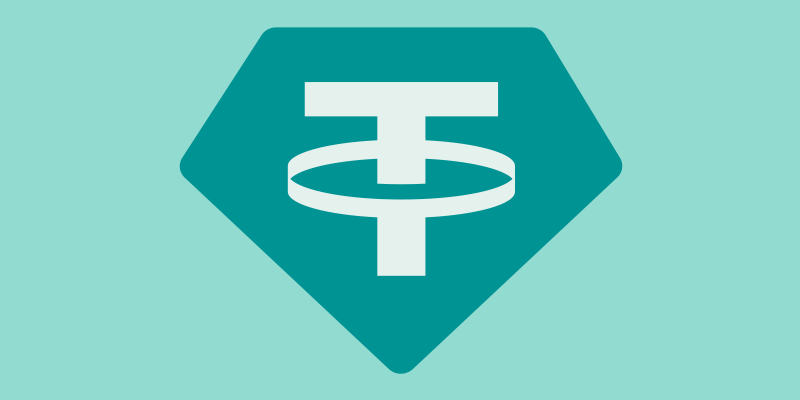
Tether
Tether (USDT) is pegged to the U.S. dollar; first issued in 2014, it says it is the world’s first stablecoin. Tether Gold (XAUt), another Tether offering, is a token pegged to a fine troy ounce of gold on a London Good Delivery bar, according to the Tether website. The website touts the currency as “100% backed and fully transparent,” with total assets and reserves published daily.
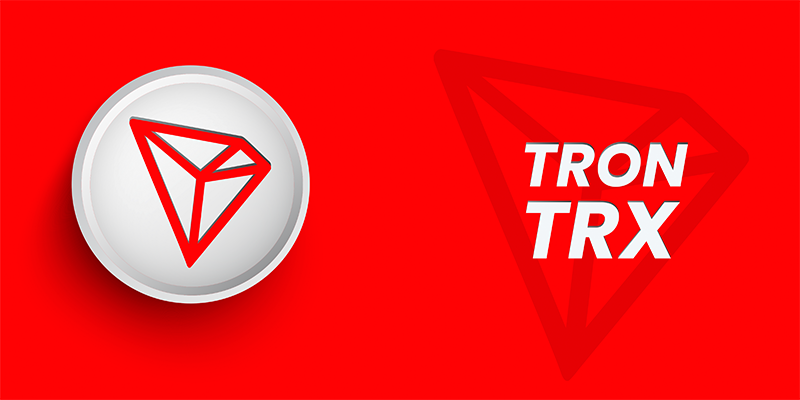
Tron
Tron, or Tronix (TRX), is the cryptocurrency native to the open-source Tron blockchain, established in 2014. Tronix, the currency, was first released in 2019. It is listed on more than 130 exchanges, according to the Tron website. In 2020, the Tron Foundation launched a stablecoin, USDJ, pegged to the U.S. dollar; investors can use TRX as collateral to generate USDJ, according to the USDJ website.
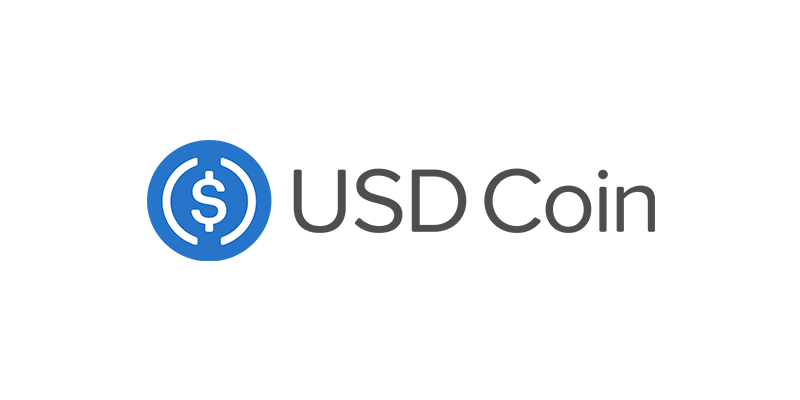
USD Coin
USD Coin (USDC) is “an open source, smart contract-based stablecoin,” according to the website for Centre, an open-source project launched by Circle and Coinbase. USDC, which is billed as the world’s second-largest stablecoin, was released in September of 2018. In March of 2021, Visa said it would allow USDC to be used to settle transactions on its payment network.
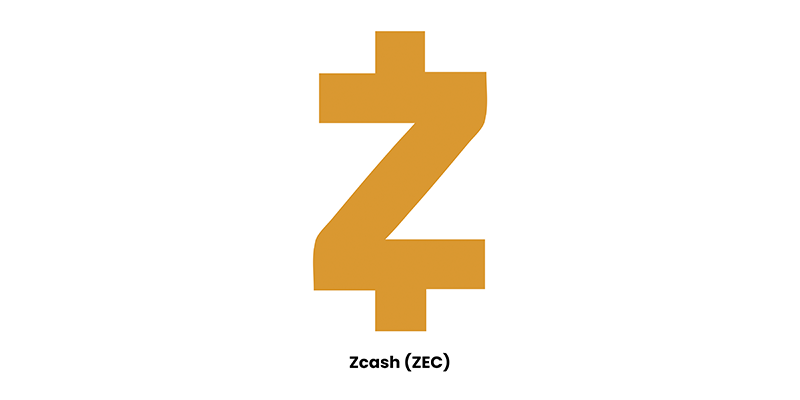
Zcash
Zcash (ZEC) bills itself as “fast and confidential — perfect for mobile payments.” It was released in October of 2016 with The Ceremony, an event in which six people in far-flung parts of the world each developed a section of Zcash’s security protocol, strung the parts together, then destroyed them. The Ceremony was repeated in 2018 with 87 participants, according to Zcash’s website. The website also says that Zcash users are promised completely confidential transactions.

Chainlink
Chainlink (LINK) is a cryptocurrency used within the Chainlink network. Launched in 2017, its main purpose is to be used as a payment for oracles, independent contributors who provide accurate data to smart contracts. Since launching, LINK has become an important asset for decentralization applications that depend on real-world data.
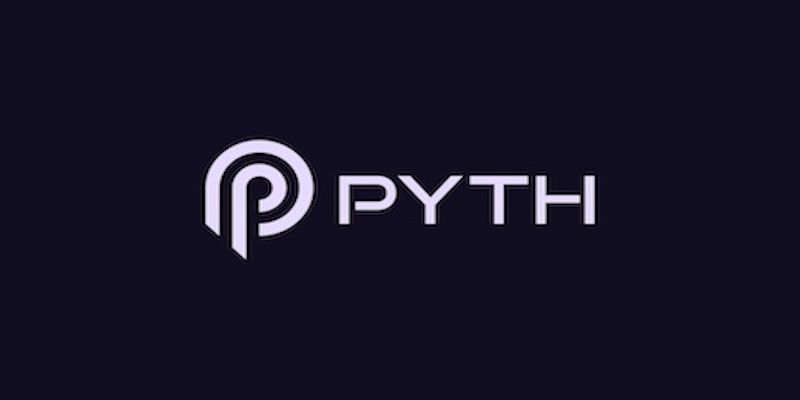
Pyth Network
Pyth Network (PYTH) is one of the largest oracle currencies in the crypto market. Launched in 2023, the token enables smart contracts that supply real world financial data to the blockchain. That data can include price feeds for different assets including equities, ETF and commodities and is sourced from various financial institutions and exchanges.
Frequently Asked Questions
What does it mean for a cryptocurrency to be “decentralized?”
The term “decentralized” means that the currency can be bought, traded, and used to purchase things without the aid of a third party, such as a bank.
What are the three main types of cryptocurrencies?
The three types of cryptocurrencies are:
- Stablecoins: Cryptocurrencies pegged to the value of a hard currency, like the U.S. dollar or Euro.
- Altcoins: Any cryptocurrency other than Bitcoin.
- Tokens: A word synonymous with cryptocurrency, and also used to describe any coin other than Bitcoin and Ethereum.
What is a stablecoin, and what are some examples?
A stablecoin is a cryptocurrency pegged to the value of a “hard” fiat currency, such as the U.S. dollar, Japanese yen or the euro. Examples include Tether (USDT) and USD Coin (USDC).

